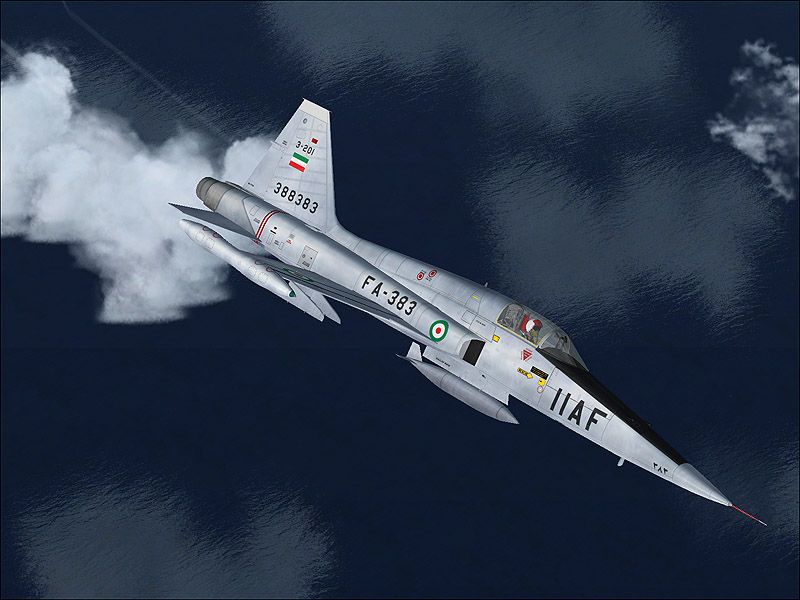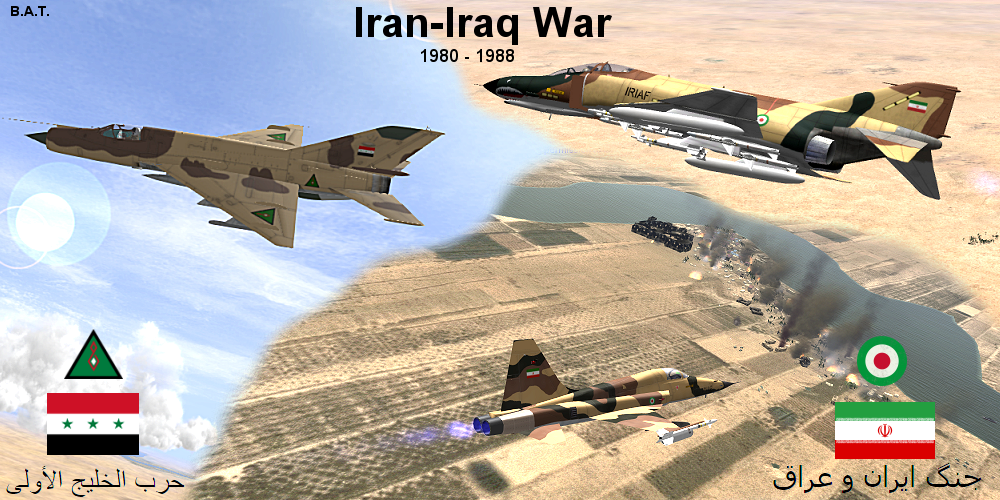

Yet, despite the anti-Iranian and anti-Shia statements and even actions of the Sunni radicals, Iran has clearly not yet felt threatened enough by them to come asking the United States for help against their common foe. Further, the spread of this competing Sunni radical Islamic revolutionary ideology would not only challenge Iran’s claim to lead the transnational Islamic revolutionary movement, but could even threaten Iran itself if the Sunni radicals acted upon their anti-Shia pronouncements. Indeed, the Taliban (and later al-Qaeda) espoused an Islamic revolutionary ideology that competed with Tehran’s. Indeed, with the rise of the Taliban in the 1990s in neighboring Afghanistan, it became clear that radical Sunni Islamists could not only be anti-Western, but also anti-Shia and anti-Iranian. But however much Sunni radicals may have been inspired by the Iranian Revolution to attempt Islamic revolution elsewhere, it soon became clear that they did not acknowledge the Iranian ayatollahs or Iran as having any authority over them. In his vision, Iran would be at the center of wave adherence to either the Sunni or the Shia branches of Islam would be far less important than adherence to Iranian revolutionary Islam or to an inferior “American” Islam (which, Khomeini claimed, the government of Saudi Arabia practiced). and not Iranian - government regulations.)Īyatollah Khomeini’s ambition was that the Iranian Revolution would spark an Islamic revolutionary wave that would spread across the entire Muslim World and even beyond. (The United States, of course, does not import Iranian oil, but this is due to U.S. Iran, of course, is also a major petroleum exporter just as before the 1979 Revolution, it has been willing to sell oil to almost any country. Tehran even cooperated with Washington in the initial stages of the U.S.-led intervention in Afghanistan in late 2001. Tehran also worked with Moscow from the time the Taliban seized Kabul in 1996 until after 9/11 in supporting the Northern Alliance to prevent the Taliban from taking over all of Afghanistan. Tehran also worked with Moscow to resolve the 1992-97 Tajik civil war on terms more favorable to the ex-communists backed by Moscow and not the “democratic Islamic” opposition.

In the fierce conflict that emerged between Orthodox Christian Armenia and Shia Azerbaijan, Iran favored the former. Yet in addition to this revolutionary, ideological aspect of Iranian foreign policy, the Islamic Republic has also displayed a pragmatic, realpolitik aspect - especially after the death of Ayatollah Khomeini in 1989, when Tehran had to face the challenges posed by the collapse of the Soviet Union. Tehran, though, has continued to provide varying degrees of support to radical Islamic forces, including Hezbollah in Lebanon, the Sunni radical regime that rose to power in Sudan in 1989, and Hamas in the Israeli occupied Arab territories. None of these efforts resulted in a Shia radical regime coming to power anywhere else, as the Iranian revolutionaries hoped when they first came to power. Hostility between Iran on the one hand and the United States, as well as several of its allies (especially Israel), on the other is something that began long before the “War on Terror.” Shortly after the success of the 1979 Islamic Revolution, Iran sought to export its brand of revolution through supporting Shia radicals in the Arab Gulf states as well as Lebanon, and (after Iraq attacked it in 1980) by attempting to oust Saddam Hussein and replace his secular Arab nationalist regime with an Islamic revolutionary one.


 0 kommentar(er)
0 kommentar(er)
